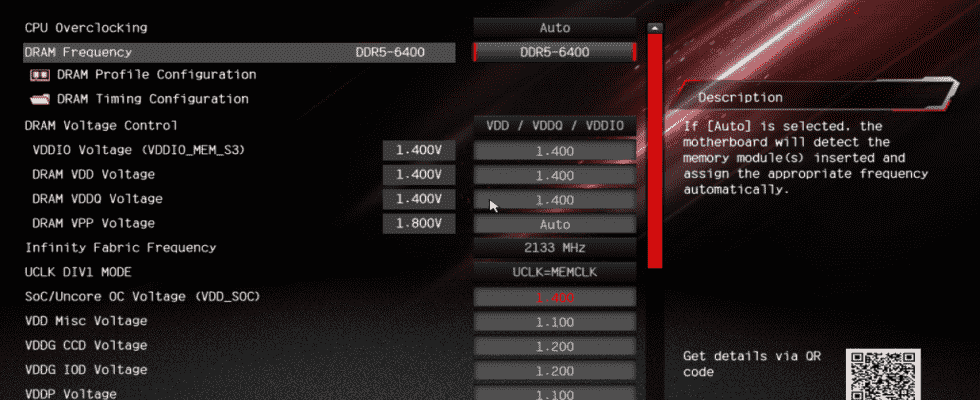AMD’s new Ryzen 7000 desktop CPUs, based on the Zen4 micro-architecture, still use the same chiplet design as their predecessors, with a few small but not insignificant changes. Igor gave details on this yesterday in the big review. Today we want to deal with how to configure the new CPUs as optimally as possible and for this we are testing no less than 10 different configurations of memory ICs, ranks, clock rates, timings and of course Infinity Fabric speeds. A big thank you goes to ASRock, AMD, with whose support we were able to prepare this guide in time for the launch.
What’s new in Zen 4, AM5 and Ryzen 7000?
But what is actually new in Zen 4 Raphael compared to Zen 3 Vermeer and how does that affect the adjustment screws that are left to each user? Since the design with 1-2 compute cluster dies (CCDs) and one IO die remains, the connecting infinite fabric with its clock rate (FCLK) is still of high significance. The IO die then communicates with the rest of the system as usual via interfaces such as PCIe 5.0 and DDR5. The number of RAM channels also remains the same, with effectively 2x 64 bits.
The RAM “sweet spot” has changed from DDR4-3600 on Zen 3 to DDR5-6000 on Zen 4, and it’s actually there. No, AMD, let’s not forget the originally advertised 2000MHz FCLK with DDR4-4000 on Zen 3, which never really worked, but luckily it’s different this time. The Infinity Fabric or FCLK also runs a little faster than the Zen 3, but by no means at 3000 MHz. As a result, there can no longer be a 1:1:1 config with DDR5-6000, as with Zen 3.
At RAM clock rates beyond 6000 Mbps, the UCLK automatically switches to 1/2:1 mode, better known as 1:2. For example, if you activate an EXPO profile with DDR4-6400, the corresponding values are 3200 MHz for MCLK and 1600 MHz for UCLK. The FCLK remains capped at 2000 MHz, at least as long as you don’t change it manually. With RAM clock rates below DDR5-6000, an average value between the base clock of 1800 MHz and the maximum of 2000 MHz is automatically set for FLCK, eg 1900 MHz with DDR5-5600.
The EXPO profiles already mentioned are technically nothing more than XMP profiles with a different memory address, really. The stored timings and voltages are the same, only that they have a different sticker and are further back in the SPD. Consequently, it is also possible for RAM kits to contain XMP and EXPO profiles simultaneously, with appropriate optimizations for each platform.
Well-known RAM manufacturers are already working on kits with both standards, and those who don’t want to wait can also flash an EXPO profile on their XMP kit and vice versa. Not that that would be necessary, because at least on Zen 4 mainboards, an XMP profile can also be loaded directly in the BIOS without further ado. Kind of reminds me of the G-Sync vs. Adaptive Sync saga, although AMD followed up with the open standard back then and slowly but surely put an end to the proprietary certification policy, but I digress again.


